
Written By: Gloria Tsang, RD
Title: Founding Registered Dietitian
Alumni: University of British Columbia
Last Updated on:

Root vegetables are the edible starchy tubers that are grown below ground. They are colorful, full of powerful antioxidants, fiber, and beneficial vitamins. However, root vegetables are often wrongly labeled as “high carb” and often mistakenly avoided. There are lots of varieties of root vegetables; onion, garlic, sweet potatoes, to name a few. But today, let me share the nutritional values of 8 low-carb root vegetables that are traditionally used as a vegetable and coincidentally, also low in carbohydrates.
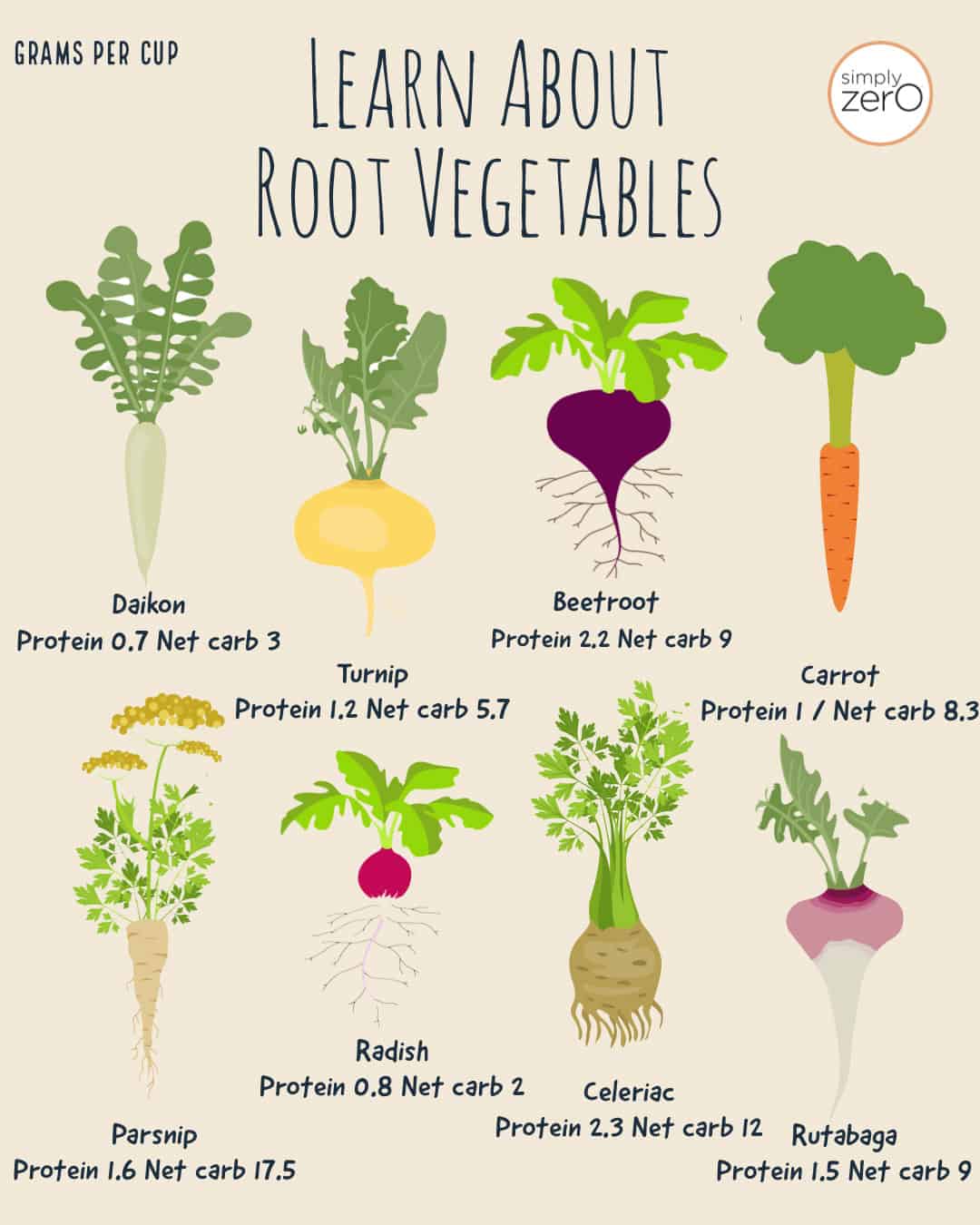
Table of Contents
Although there is a peak season for root vegetables, many varieties are indeed available year-round. Choke full of nutrients, here is a list of lower-carb root vegetables to try.
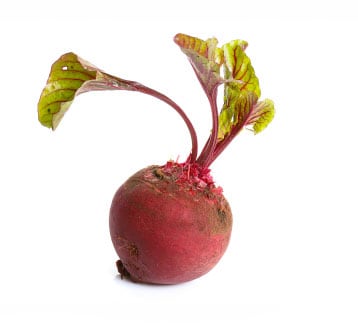
Beetroot is known for its distinct ruby red color, but it actually can be found in many shades from white to purple. The most well-known nutrient found in beetroot is certainly nitrates, a plant compound that can dilate blood vessels, effectively lowering blood pressure and improving sports performance. Studies also suggested nitrates in beetroots may help slow tumor growth. Beetroot are commonly used in salads and have a fresh, almost nutty taste; they can be boiled, steamed, roasted, or even pickled.
One cup of cubed beetroot provides:
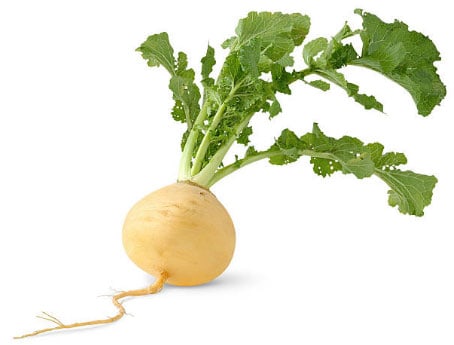
As part of the cruciferous family, turnips are a great source of Vitamin C, fiber, potassium as well as manganese. Just like other vegetables within the cruciferous family, turnips also contain sulfur-containing compounds, a type of potent antioxidant that protects cells from oxidative stress. Turnips are bulbous and white with a purple color on top. They look like red onion, but without the layers. When cut open, it is entirely white inside. It usually tastes best when peeled. To serve, quarter the turnip and either roast, steam, boil or mash to add a great tasting side dish to any meal. The leaves on a turnip are also edible and are commonly used in salads or as a side dish.
One cup of cubed turnip provides:
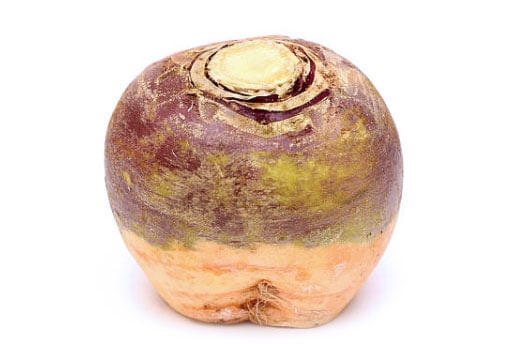
Rutabaga is a cousin of the turnip, and is sometimes known as the “yellow turnip.” It is also a member of the cancer-protective cruciferous family. Rutabaga provides even more vitamin C than turnips, quite impressive indeed as a root vegetable. It too is easy to prepare and is often used in stews and as a side dish. It is said that rutabagas are tastier than turnips when mashed for a side dish. Similar to carrots, rutabaga tastes sweeter when roasted.
One cup of cubed rutabaga provides:
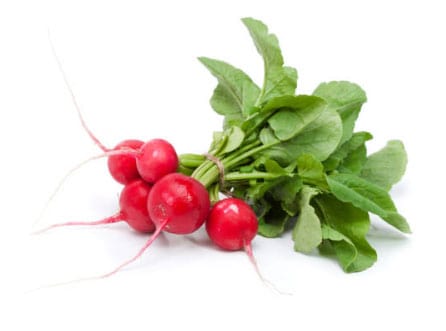
Radishes are one of my favorites! Not only do their eye-catching white and pink colors brighten up a dish, its distinctive spicy with a hint of sweetness makes for an interesting taste profile. For a root vegetable, it is low in carb (with a net carb of just 2 grams, one of the lowest carb indeed) and calories, its fiber and vitamin C content is quite impressive. The best way to enjoy radishes is to eat raw – simply slice or dice.
One cup of radishes provides:
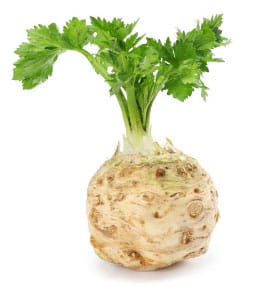
Yes, you guess it right; it’s related to celery. Also known as celery root, celeriac deserves more attention. The most stellar nutritional profile of celeriac is its high vitamin K content, an important vitamin for bone health. A one-cup serving provides an impressive 80% of daily needs. Just like most other root vegetables, celeriac can be eaten raw, and also works well boiled, roasted or sautéed.
One cup of raw celeriac provides:
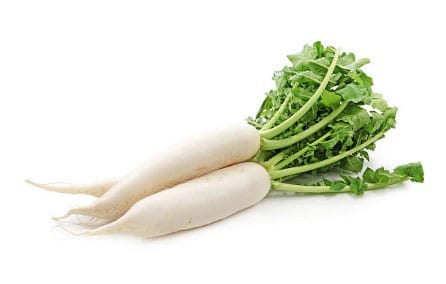
Perhaps the name doesn’t sound familiar. But if you are a fan of Japanese cuisine, you would have come across this white, crispy vegetable. Often shredded to top a salad or to accompany raw fish sushi, daikon is yet another radish family member (hence a cruciferous vegetable). If you find regular radish too spicy, this milder version may be more pleasant for you.
One cup of daikon provides:
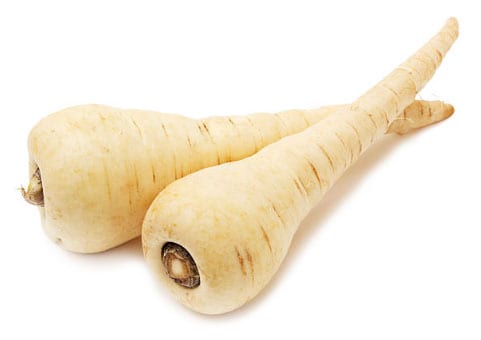
One of the most asked questions about root vegetables is indeed, what’s the difference between parsnip and turnips? Although they have a similar beige/yellow color, their taste is quite different. Parsnip is close to carrots, so it’s sweet; turnip is in the cruciferous family and it is less sweet. Unpeeled whole parsnips will keep in the fridge for a couple of weeks. Peel parsnip just before cooking, because their exposed flesh will darken when exposed to air. Parsnip works well in casserole dishes, and can be steamed and mashed.
One cup of parsnip provides:
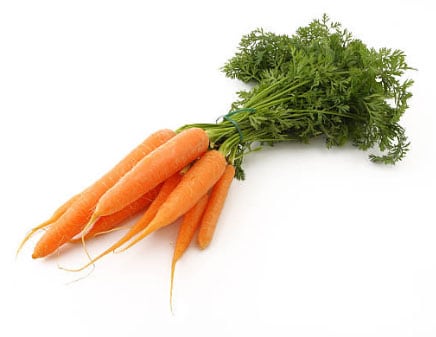
This list will never be complete if carrots are not on it. And carrots shouldn’t need any introductions; we have all eaten them. The usual orange carrots get the color from beta-carotene antioxidants, which has been linked to cancer-protective benefits. For better absorption of beta-carotene, it’s best to cook carrots; the absorption rate can be increased up to 6.5-fold!
One cup of raw, sliced carrots provides:
Root vegetables should be making a comeback among food lovers and health-conscious consumers. They are a great source of fiber, vitamins and minerals, particularly blood pressure-lowering potassium; they are also much lower in carbs than you think. With a little creativity, these veggies are easy to incorporate into a healthy meal plan and lifestyle.
Alumni: University of British Columbia – Gloria Tsang is the author of 6 books and the founder of HealthCastle.com, the largest online nutrition network run by registered dietitians. Her work has appeared in major national publications, and she is a regularly featured nutrition expert for media outlets across the country. The Huffington Post named her one of its Top 20 Nutrition Experts on Twitter. Gloria’s articles have appeared on various media such as Reuters, NBC & ABC affiliates, The Chicago Sun-Times, Reader’s Digest Canada, iVillage and USA Today.
beetroot, carrots, good carbs, parsnip, radish, root vegetables, rutababa, turnip
The Best Instant Bircher Muesli
Health Benefits and Nutrition Facts of 5 Common Winter Squashes
Great info
As I felt led to start taking root fruits/ veg’s